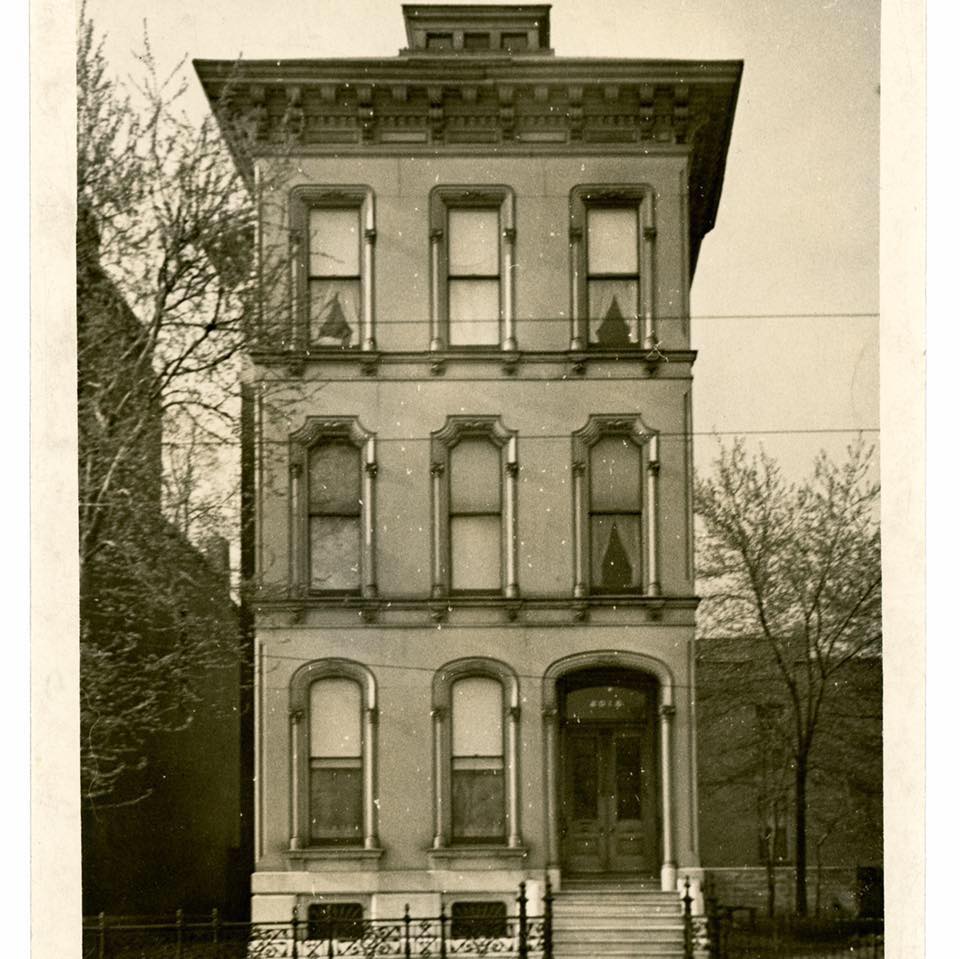Schweitzer house
2006 S. 11th Street
Built: circa 1865
Style: Second Empire, mansard added around 1890
Neighborhood: Soulard
City Block: 681
Former address: 2006 Rosatti
On 1875 Compton and Dry Map: yes
On 1883 Hopkins Atlas: yes
Historical significance: This house was built sometime around about 1865 in Thomas Allen’s addition. Allen was a wealthy landowner in the mid 19th century in the southern part of Soulard, as well as owning land all the way out to Fox Park and McKinley Heights, and he began to subdivide his land in Soulard in about 1854. The early records in this area show Bernhard Ostman and Henry Menger, two laborers, living in this block in 1869 on the same side of the street as this building, but an exact address is not given. The first time the address appears is in 1874, when William Gurke is listed at the address. In 1879, Joseph Schweitzer moved his grocery store from 1012 Geyer to the address and lived upstairs. His grocery store remained here until about 1893, at which point it became a butcher shop owned by Frank J. Sindelar. Sindelar operated the butcher shop until about 1910, at which point he became a guard at the City Jail and moved to the 2600 block of California Ave. The butcher shop was then taken over by Emil M. Kozel, who ran the butcher shop from about 1911 until at least 1922. The building was also used as an apartment above the shop, with numerous residents living here during this period of time above the grocery store and butcher shop. Today, this building is solely residential.
Architectural significance: This house was built sometime around 1865, in the mid 19th century vernacular style. An indicator of the age of the building is the large wooden beam over the first floor storefront. These types of beams are usually seen in buildings constructed before or during the Civil War period. The building was later given a mansard roof around about 1890, as suggested by its steep vertical third floor mansard, along with the particular style of brickwork, which is more similar to late 1880s and early 1890s mansard roofs than the flared mansards from a decade earlier.
View of the area on the 1875 Compton and Dry Map.
The area on the 1883 Hopkins Atlas.




